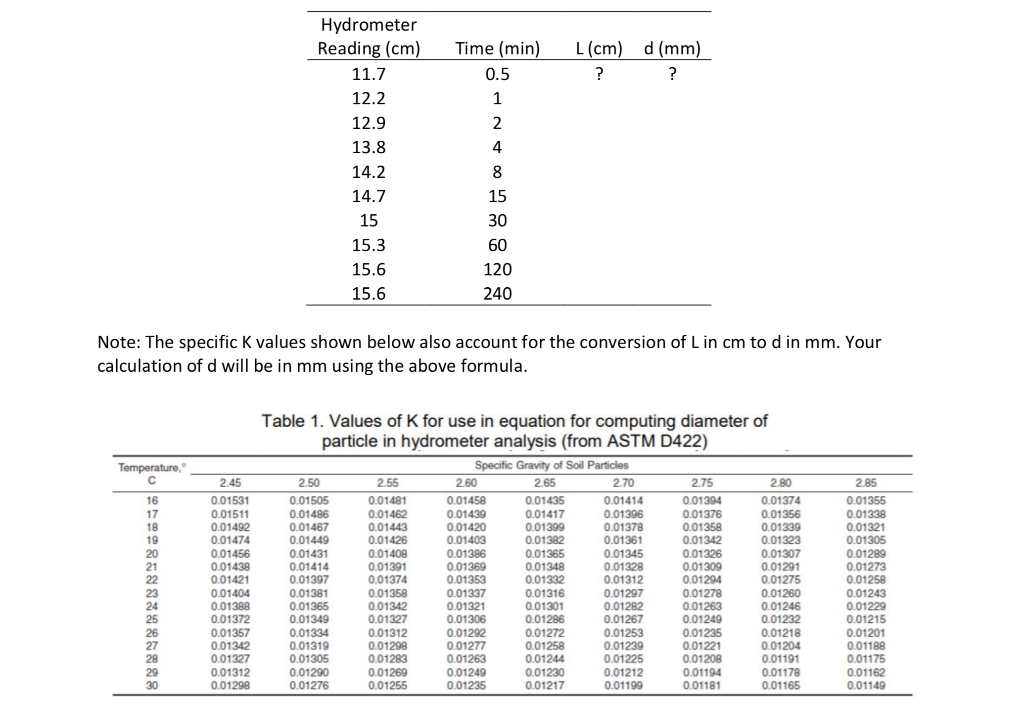
High Fructose Corn Syrup, or HFCS, is a liquid sweetener that is extracted from cornstarch containing mainly fructose and D-glucose. Use a digital refractometer for an easier and more accurate measurement that will increase the productivity of your lab and save time and money.
#HYDROMETER TEMPERATURE CONVERSION DOWNLOAD#
Learn more about acidity and acid content determination: Download our guide. Thus, Brix values must be corrected to compensate the contribution of the acids and represent the true sugar content of the sample.

These substances also influence the refractive index and lead to lower Brix readings. Fruit juices contain other substances, such as acids, as well. Note that the acidity of the orange juice affects the Brix value. In cases where the Brix level is consistently lower, reconstituted juice from these countries introduced into international trade will be acceptable, provided it meets the authenticity methodology listed in the General Standard for Fruit Juices and Nectars and the level is not below 10 ☋rix. However, It is recognized that in different countries, the Brix level may naturally differ from this range of values. If you need a precise result in Baumé for your sample at your desired temperature, a benchtop digital density meter is the perfect choice.Īccording to CODEX STAN 247, the Brix level for orange juice should be between 11.2 and 11.8, and consistent with the values stipulated by the national legislation of the importing country, but not lower than 11.2. However, it is possible to make a very rough conversion with this simple equation: The relationship between Brix and Baumé is not linear. At present, at 16☌, the relationship between density and the Baumé degrees of the solution is given by the following relationships: The relationship between density and degrees Baumé has been expressed in various ways during the time it has been used. It is currently used in the industrial production of beer, wine, honey and concentrated acids. This scale allows evaluation of the concentration of any solution with the same units (Baumé degrees ☋é) and the same apparatus (Baumé aerometer) however, it is necessary to use a specific table to determine the concentration of each type of substance. Now to see if the folks at brewgr.The Baumé scale was developed in 1768 by the French pharmacist Antoine Baumé, who built an aerometer to measure the specific gravity of liquids. So thrilled that you’re sharing the source for this tool. That was until I punched SG/FG into your calculator, and suddenly my estimated and measured SG/FGs were all dead-on matches, for every single brew. However, my calibrated refractometer still read well above what calculators said to expect…WTF…

Out of frustration, I compared “FG” of a newly-opened bottle of Black Butte to the FG of my clone attempt…yep, they matched. I knew that a fermented beer would skew FG readings, but never realized just how much.

I was thrilled to get high conversion rates, and nail every single SG…but frustrated to see each brew petering-out well above their expected FGs. Two were familiar brews from my extract days, but two were new recipes.

I’d been fretting over four different all-grain brews, ranging from a Pale Ale, two stouts and a Belgian quad…a backlog I cleared in just one crazy day.


 0 kommentar(er)
0 kommentar(er)
